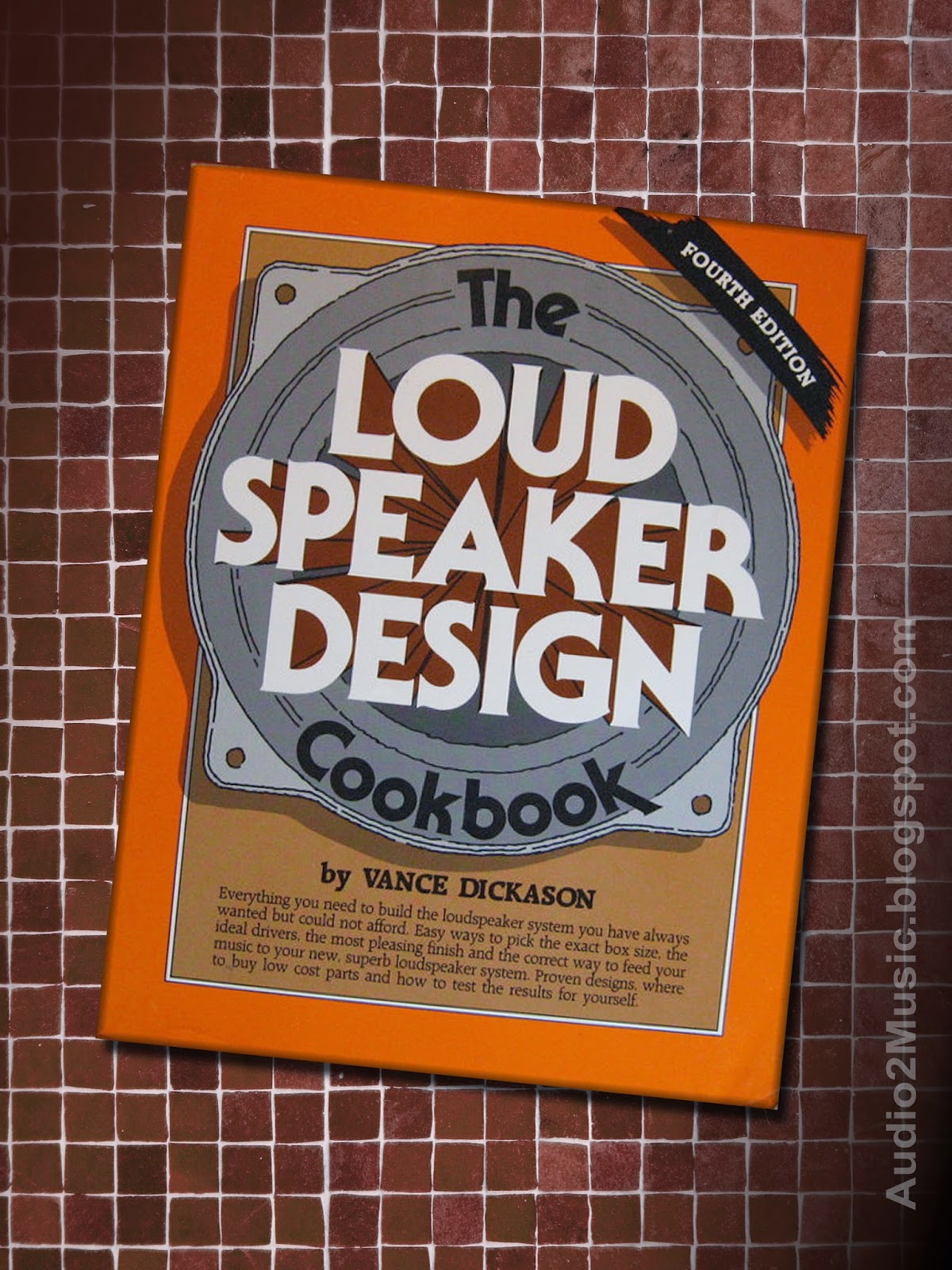This is terrible. After all, it is music that has driven my love for acoustics and electronics all these years. My understanding of physics was no more than an aid.
And when it comes to music, nothing gets me more emotionally engaged, positively or negatively, than reproduced music. In short, I think that most recordings are garbage.
I first observed that much recorded music was terrible at an early stage in my professional career. While loving a given song, listening to it often left me feeling empty.
It wasn't until I visited the music industry's best known trade-show NAMM in LA that I understood why I was so empirically disappointed. NAMM is where the biggest names in the music industry get together.
I expected to catch a few impromptu jam sessions by some of the best musicians. While I certainly witnessed great energy and spontaneity, what surprised me most was the fact that ALL (and I mean ALL) the musicians and music directors were deaf. Apparently, hearing-loss is rampant among the music pro's. Everybody sported either one or two hearing aids.
I then realized that what we all hear is the interpretation of people who hear through the equivalent of an MP3 player (a Walkman at the time). No wonder so many recordings are poop.
But the problem does not end with recordings. Witnessing your favorite artist live is also painful and disappointing due to the many blown eardrums that manage EQ's and processors at all venues.
I once went to listen to Sarah Brightman. That she is gorgeous and petite is only the beginning. She has demonstrated great singing abilities in everything from opera to Broadway. But all my excited came crumbling down as soon as the first musical notes started. The highs were reaping holes on the venue's sealing. For a minute I even thought that perhaps I was being too harsh on the great Diva's team. Perhaps I was being too picky. Nonetheless, my self doubts lasted only until intermission. Once the lights came back on and people could talk, every lady sitting near me made the same comment about the terribly bright sound. The kind of sound easily created by a sound engineer with deficient hearing extension at the top of the audible spectrum. It was a total shame.
But the problem goes beyond tonal. Most recordings also destroy three-dimensionality. It is this that bothers me most, since it is what connects us closer to the original presentation than any other aspect of music. Good tonality can make music pleasant, but it won't show us the artist in the original space and time.
Moreover, when critically evaluating any audio system, what helps me quickly identify problems is the sound's dimensional properties. Any time errors, any distortions, any phase misalignments, all result in poor and specific spacial artifacts. Spacial reproduction is just brutally honest.
It is thus unsurprising that my favorite recordings excel at creating great and realistic spaces. Here, there is no other musical label that matches Reference Recordings' ability to create impeccable orchestral renditions. Beyond simply offering floating three-dimensionality, R&R does so with large contemporary orchestra ensembles. Any label can take one guitar and make it seem right. But try doing the same with grandiose attacks with the most dynamic instruments covering all segments of the audible spectrum and you are God.
Incredibly, Reference recordings creates recording after recording of superb quality. Among the often intimidating crescendos, one is able to see each instrument in its own space. Every instrumental texture and character are preserved.
 |
| Keith Johnson with his GRAMMY Photo from Stereophile Magazine |
Do you like orchestra? How about Big Band? Any piano? There is a great HDCD recording for all of these. R&R sells music directly to music lovers at great prices. They also make fantastic samplers available. All come with the same impeccably encrypted music quality. Even if you do not have an HDCD capable disc player, you will still get the benefits from the technology. I have conducted dozens (if not more) of comparisons on HDCD that I am comfortable using it any time and without thinking about it. I know that I will listen to superb musicality and realism.
If you would like to test my claims, try one of their samplers. I am absolutely sure they will not let you down. Unlike brands like Telarc that offered much but often came in short, R&R has granted me thousands of hours of utterly uncompromising pleasure. I wish you the same!






.jpg)
.jpg)
.jpg)
.jpg)
.jpg)
.jpg)
.jpg)
.jpg)
.jpg)
.jpg)